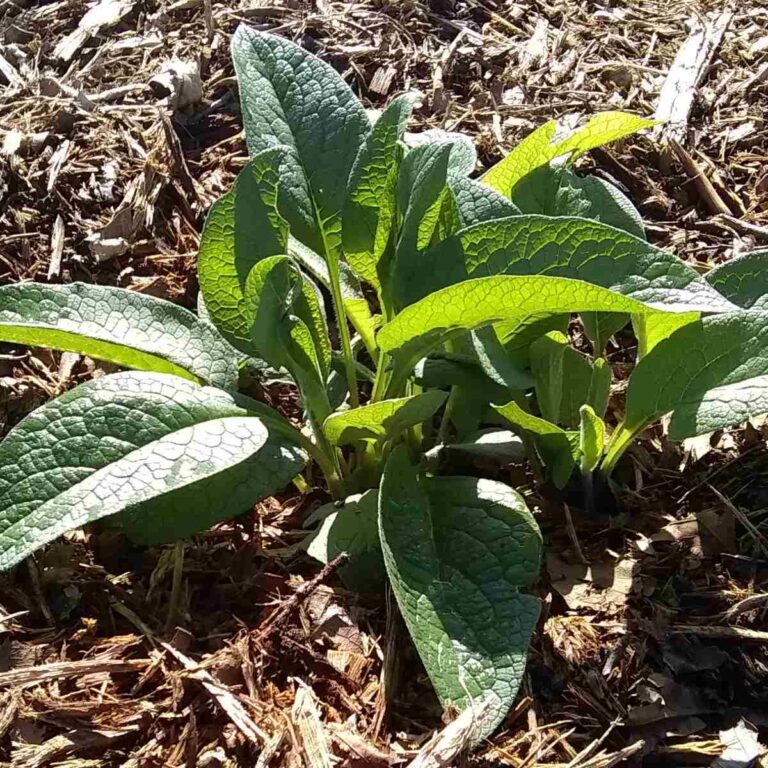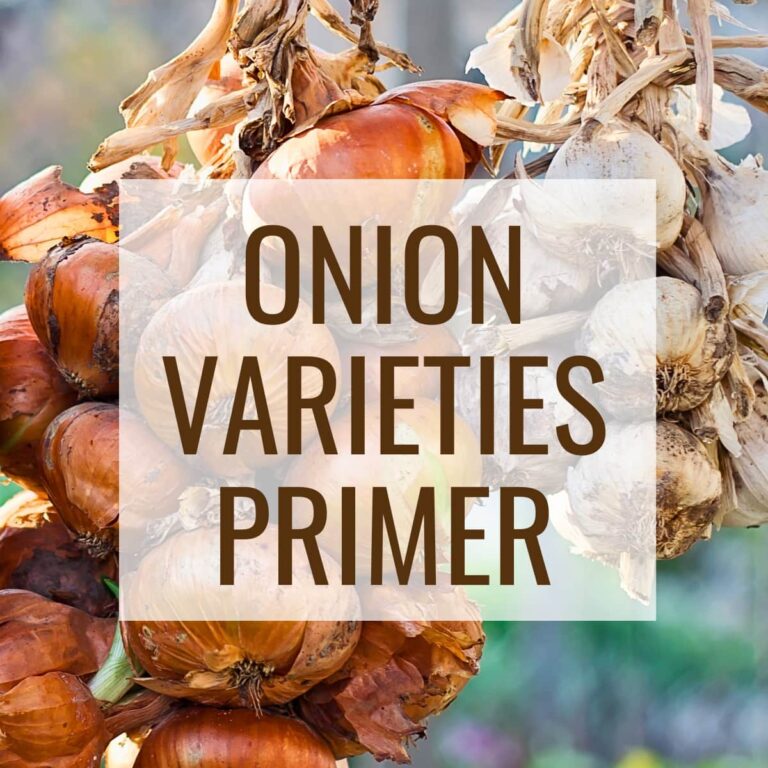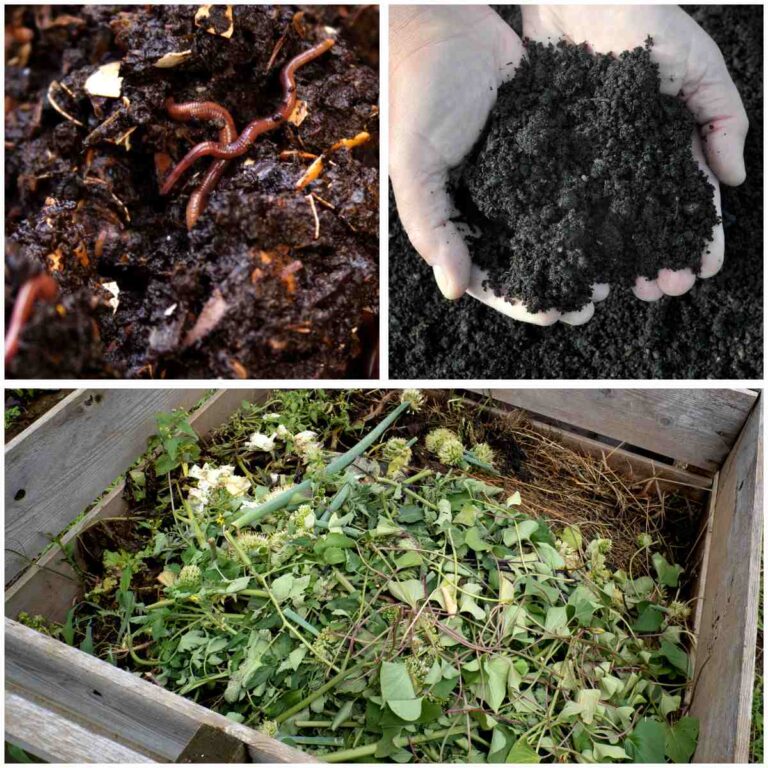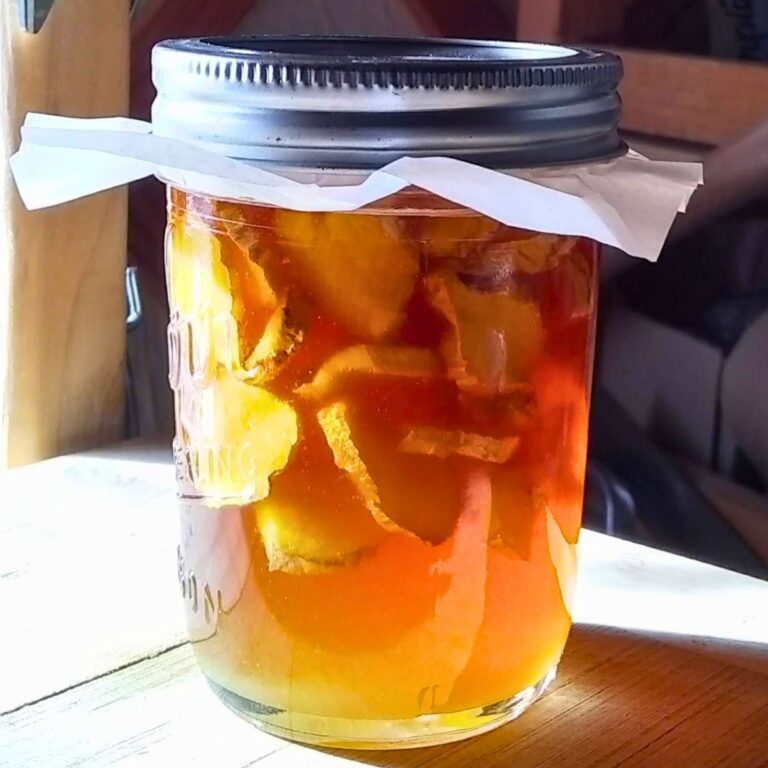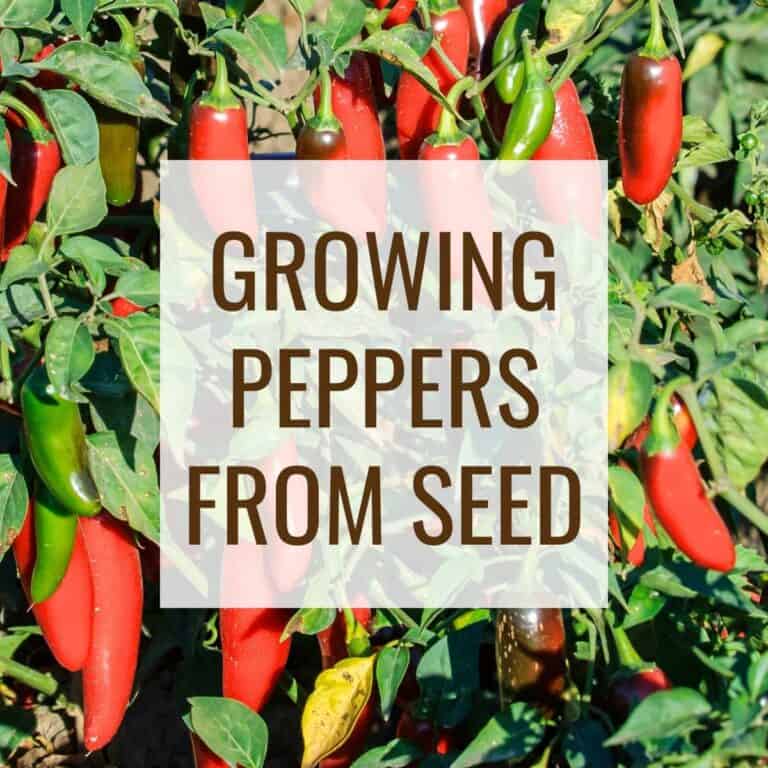Pepper uses and benefits – how the capsicums can help you with their amazing scope of uses and their impressive package of nutrients.

This post contains affiliate links, which means I make a small commission at no extra cost to you if you click through and make a purchase. See my full disclosure here.
Peppers are such beautiful and useful plants in the garden or even in a pot in the home. They provide aesthetics, spice up our meals and can even be the center-piece of a meal, but there is much more! Peppers are full of healthy properties, vitamins, and minerals. Did you know that peppers are actually berries and not vegetables? Peppers have a lot going for them! Let’s explore!
All About The Peppers

Types of Peppers
Peppers come in so many shapes, sizes, colors, flavors, and heat levels. If you’ve only seen the displays at the grocery store, you’ve seen the tiny tip of a huge iceberg in the pepper world.
If you want to experience a full spectrum of pepper varieties, you’ll most likely have to grow your own. And that’s not such a bad idea at all! Even if you don’t have a garden, you can very successfully grow peppers on your balcony, in your apartment or in your camper (well, it might make things a bit cramped, but you could!).
Peppers are fun to grow, and you can check out my guide to growing peppers to learn how!
The Major Species Of Capsicum
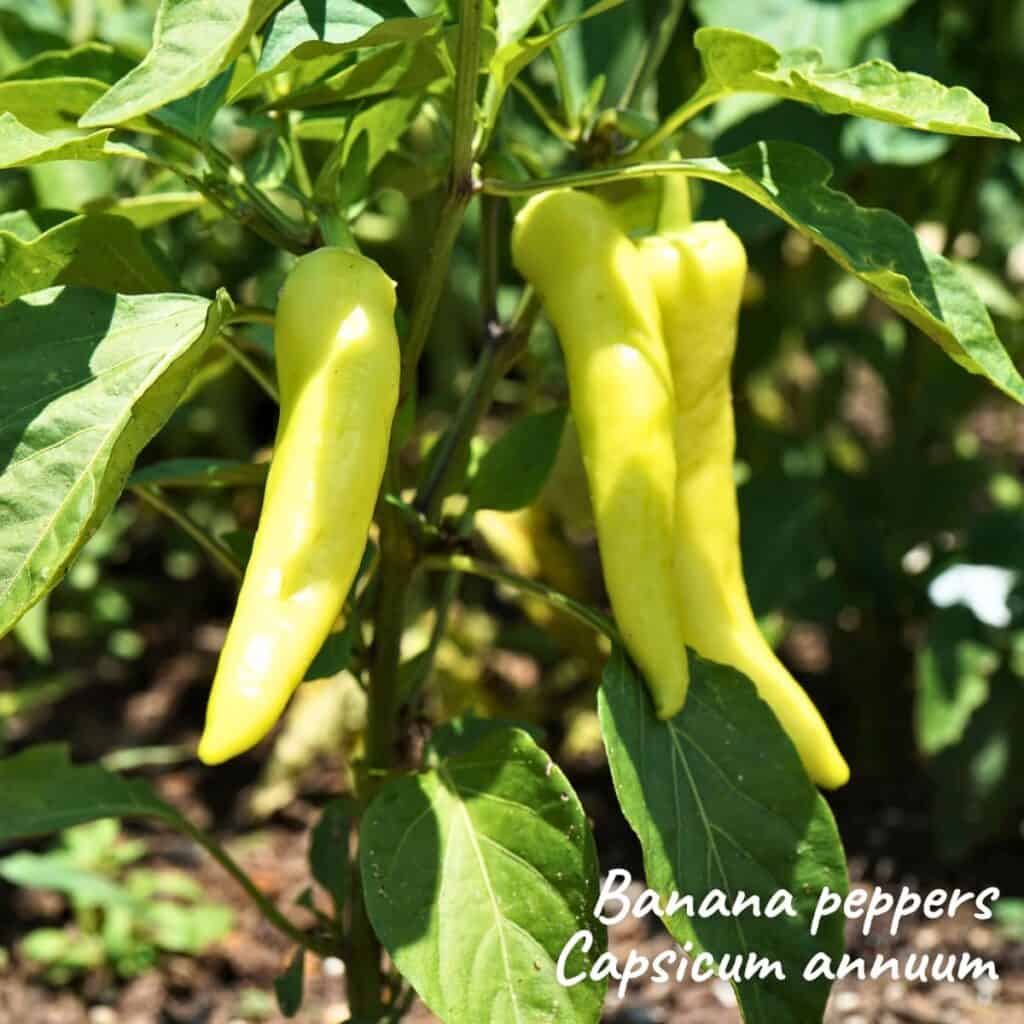
There are many species of peppers, but here are the botanical names of the major ones, that are most well known and cultivated:
Capsicum annuum (jalapeño, bell peppers), C. frutescens (tabasco, Thai peppers), C. chinense (habanero, scotch bonnet peppers), C. baccatum (piquanté, aji peppers), C. pubescens (manzanos, rocoto peppers)
The Major Types Of Peppers
My favorite peppers to grow are jalapeño, cayenne, serrano, Leutschauer, Thai and sweet roasting peppers. But I really love them all except for those in the incendiary category.
While I love hot peppers, my aim is for spicy food, but not to get my mouth seared so I can’t taste anything anymore. Honestly, I don’t get the hype around those incendiary peppers, but it is a thing for sure, lol.
Having said that, I am currently working on a small jar of fermented ghost pepper paste that a friend gave me and an eighth of a teaspoon of it makes my whole 7 quart batch of soup quite spicy, as if I used a half dozen jalapenos in it. Its wild!! This tiny jar is going to last me for another 3 years I think!
I made the mistake once of taking the tiniest taste, and, OMG. It was not something I want to repeat. I got beat red in the face, started to pant and break out in a sweat and wow, the effect was almost a little scary. But I had dared myself to try in spite of having been warned, and I sure learned a lesson. 🤪🌶️
Pepper Categories

Here is a quick list of the main categories of peppers. And yes, there are more that could be included, but this covers most of the more common ones:
- Sweet Bell Peppers in red, yellow, orange, purple, lavender, or white colors when ripe (California Wonder, Ozark Giant, Purple Beauty, Horizon, etc)
- Sweet Roasting/Frying Peppers (Corno di Toro, Stocky Red Roaster, Banana)
- Spicy Roasting/Frying Peppers (Poblano, Hungarian Wax, Santa Fe)
- Mild to hot thick-fleshed Cherry Peppers (Piquanté and Pimientos)
- Sweet Paprika Peppers (Boldog Hungarian Spice, Feher Ozon, Alma)
- Spicy Paprika Peppers (Leutschauer, Szegedi)
- No Heat Chilies (Nadapena, Cayenne Sweetness)
- Medium Hot Chilies (Jalapeno, Cayenne, Serrano)
- Hot Chilies (Thai, Chiltepin)
- Very Hot (Habanero, Scotch Bonnet)
- Incendiary Chilies (Carolina Reaper, Ghost Pepper)
Here is a list of the hottest peppers, and a Scoville Chart.
A Pepper Myth:

I was laughing when I was looking at several of the health websites with their ‘scientific’ research pages about peppers. One of the pepper myths that is circulating out in cyberspace was repeated several times by different authors.
Peppers turn from green to yellow to orange to red!
Ok, I get that it is a common understanding, if you’re not accustomed to growing your own peppers. I just expected that as an authority on this subject they would have gotten this right.
Peppers turn from green to the color they were bred to turn. This can be yellow, orange, red or even white, brown or purple. These colors do not signify different stages of ripeness, except that green peppers are unripe and all the other colors are different varieties when they are fully ripe.
I found this cool video on peppers that explains it pretty well.
The fact is that the nutrient density in the various colored pepper differs at their ripe stage. But red peppers are not highest in all the nutrients as these authorites claim so carelessly. Their argument is that red peppers are the ripest of all the colors because they are on the vine the longest (as compared with yellow and orange peppers) and therefore their nutrient value is the greatest! This is the wrong angle of approach towards pepper nutrition. (source, source)
Speaking of popular myths… In case you’re wondering about the meaning of the bumps on bell peppers: The answer is, No, pepper fruits are neither male nor female, and the bumps on the peppers are no indication of gender or sweetness! (source)
The A-B-C’s Of Peppers

Peppers are packed with nutrients and dietary fiber. They are worth adding to your diet just for that reason. Get more peppers into your life, and your body will thank you!
Here is a statement that I agree with by Dr. Axe on the high nutrient value of peppers: “When you eat these vitamins rather than take them in supplement form, your body is able to absorb exactly the amount you need and safely expel the rest.”
Here are some Nutrition facts with a few numbers from the USDA tables:
Vitamin C
Peppers are one of the richest sources of vitamin C. Just 1 large green bell pepper has about 132 mg, while a medium red bell pepper contains about 232 mg of vitamin C. And a yellow bell pepper contains a whopping 342 mg. In comparison, a citrus orange contains about 70 mg. Wow! Three cheers for peppers!!
Vitamin C is a huge supporter of the immune system, it can heal and rejuvenate tissues and cartilage. And it can help keep our skin healthy and promote collagen production. It is a big player in neutralizing free radicals and thus reducing oxidative stress and preventing cell damage.
Unfortunately the storage of peppers can reduce vitamin C content. Which is one good reason to grow your own and eat them fresh off the plant!
Vitamin A
Peppers are high in beta-carotene, which gets converted into vitamin A. According to the USDA, red bell peppers are highest in Vitamin A: 3726 IU about 10 times more than in green peppers. Vitamin A is important for eye health, neurological function, and it is a powerful antioxidant and anti-inflammatory!
Vitamin A has been studied extensively. It was used to significantly reduce childhood mortality in developing countries. And, because of its strong immune support, this antioxidant reduced illness and diseases. Vitamin A is vital for good health and longevity. (source)
Vitamin B6
Another Essential Nutrient, Vitamin B6 is important for forming red blood cells.
The high levels of B6 in peppers can increase hormones that improve the mood and can improve mental concentration. Low levels of these hormones are linked with ADHD and other severe brain disorders.
B6 deficiency is also linked with cognitive degeneration as we age and might contribute to Alzheimers and dementia.
Vitamin K1
Vitamin K1 (phylloquinone) plays a vital role in the body! It is important for blood clotting, wound healing, and bone health.
It may prevent heart disease by reducing calcium deposits in the arteries and improving the elasticity of blood vessels.
Vitamin K1 may have anti-cancer properties and suppress the growth of certain cancer cells. It also protects against oxidative damage.
This vitamin is also indicated for enhancing cognitive function and memory and might promote wound healing.
Vitamin E
Vitamin E is a powerful antioxidant that can neutralize free radicals and slow the aging process.
It can balance cholesterol and hormones, repair damaged skin and hair, improve vision, increase energy, and promote healthy nerves and muscles.
Potassium
Potassium promotes heart health, bone health, healthy muscle and nerve function.
Folate
Folate is so important for the growing fetus, and that makes peppers very beneficial to add to a pregnancy diet. A folate deficiency has been linked with malformations.
Folate will help with the unborn babies’ development and proper growth. Peppers supply a significant amount of folate.
Health Benefits Of Peppers

Peppers, especially ripe ones, are high in antioxidants, they can possibly support heart health and promote a healthy digestive system.
Antioxidants
Peppers are high in carotenoids and especially red peppers boast high amounts of beta-carotene, alpha-carotene, lutein and zeaxanthin.
These antioxidants have proved to significantly reduce free radical activity, which could possibly result in a lowered risk for getting cancer. They are also known to reduce effects of aging and cell degradation.
Antioxidants and vitamins also play a major role in immune system support and help with fighting colds and flus.
I found this interesting: if you steam the red peppers, the antioxidant benefits actually increase! Although the vitamin C content will be less. Consuming steamed peppers increases the bile acid binding capacity of our gut, which is associated with a reduced risk for heart disease and cancer. (source)
Anti-Inflammatory
All peppers are high in anti-inflammatory properties. Inflammation is thought to be the root cause for most chronic diseases. Eating more peppers and other foods rich in anti-inflammatory properties can go a long way towards preventing chronic diseases and toward better health.
Eye Health
With their high content of Vitamin A, beta-carotene, lutein and zeaxanthin, red peppers especially, are high on the list for eye-healthy food.
Lutein is accepted as helping to slow macular degeneration, which is a leading cause for blindness in older people, by protecting degeneration of eye cells.
For older people who already have cataracts, lutein also can improve vision. Other eye-related benefits include potentially reducing eye fatigue, decreasing light and glare sensitivity, and improving acute vision. (source)
Digestive Health
Peppers are a good source of fiber which can help with digestion, regular bowel movements and overall gut health.
Might Improve Cognition
Dark colored peppers, such as red, brown and purple, may improve cognitive functions and memory due to their anthocyanin content.
Anthocyanin might help slow down memory degradation and cognitive impairment. It contains the nutrients that our brain needs to function properly. Bell peppers are considered one of the best brain foods.
Capsaicin, A Component Exclusive To Spicy Chili Peppers

Capsaicin is one of the main active components in spicy chili peppers, which makes them so pungent. It is not present in sweet peppers.
I’ll use Cayennes here as an example, but these benefits are also achieved with other chilies that are high in capsaicin. Capsaicin is an active compound and it is different from Capsicum, which is the genus name of all the peppers.
Antioxidant and Anti-Inflammatory
Spicy peppers, such as cayennes, are strongly antioxidant! And they are linked with many health benefits especially for their anti-inflammatory actions. For this reason, capsaicin has also been touted as anti-tumor and anti-cancer.
Studies have shown an ability of capsaicin to inhibit growth of cancer cells and to prevent activation of new cancer cells.
Capsaicin’s anti-inflammatory properties can help with inflammation due to allergies and also combat inflammation throughout the body that is caused by the leaky gut syndrome.
Cold and Flu
Capsaicin can help break up mucus in the head and lungs to speed healing from a cold or flu. And it can raise the body temperature to break a flu by inducing sweating. Antioxidants and vitamins in cayennes and other peppers, can possibly help prevent colds and flus and strengthen the immune system.
Antifungal
Capsaicin might help with Candida and other fungal problems. It was shown to be active against 16 fungal strains including candida. An overproduction of candida can cause hormone imbalance, joint pain, digestive problems and a weak immune system.
Cardiovascular Health
Consuming spicy peppers can possibly reduce the risk of heart disease.
Regular consumption of hot chili peppers is linked with an overall reduced cardiovascular-related death rate.
Cayennes can improve circulation and might reverse blood clotting by breaking down blood clots. This can possibly prevent a heart attack. It can also dilate arteries and blood vessels to clear away clots.
Pain Relief
Capsaicin is an analgesic that the FDA approves for pain relief. Its anti-inflammatory properties are used to help with osteoarthritic and rheumatoid arthritic pain, when applied frequently as a salve. It can exhaust the brain from sending compound P responses to areas of joint pain.
I’ve got some chilis infusing oil currently which I’ll turn into a salve for my joint pain. I’ll post about this in the near future, stay tuned. If you’d like to get updates of new content, sign up for my newsletter here.
A capsaicin cream or massage oil can also help with lower back pain. And it might help with peripheral neuropathy, which is pain from diabetes-related nerve damage, neuropathy in general, and fibromyalgia symptoms.
Capsaicin can also help with discomfort from cluster headaches, jaw pain, and psoriasis. If applied on the skin, it can reduce the excess skin formation and pain associated with psoriasis. And it might help with pain from shingles as well.
In the case of a headache, application of capsaicin elsewhere on the body can divert the brain from causing a headache and spend its pain chemicals where the capsaicin causes pain. This can trick the brain into stopping the headache.
Weight Loss
Capsaicin can increase the body temperature, and might boost the metabolism, burn excess fat, and help flush out toxins. For that reason it is often used in a detox drink mixed with lemon juice. And it can possibly reduce appetite if taken before a meal.
Gut Health
Cayennes and other hot peppers are known for their digestive aid properties. They can possibly help with stomach pain, slow gas formation, help with upset stomach and cramps and prevent or remedy diarrhea.
Capsaicin stimulates the salivary glands which is an important first step to healthy digestion. And after that it can stimulate enzyme production and gastric juices for better food metabolism.
Capsaicin might also help prevent the formation of ulcers.
Reduce Radiation Damage
Capsaicin can possibly reduce radiation induced cell damage, such as when undergoing radiation treatments or x-rays.
Sources
Source, source, source, source, source, source, source, source, source, source, source, source, source, source, source, source
Side Effects and Disclaimer:
Capsaicin, when used topically or if taken in the form of whole food chili peppers or chili powder, does not appear to have any side effects in most people. But it is possible that some people might have allergies toward the nightshades, so it’s always good to approach a new food or an increase in a familiar food with caution and observe for reactions.
However, as a supplement there are some contraindications for young children, pregnant and nursing women, and long term use. You should also consult with your health practitioner if you are taking medication. And I advise you do your own research before making any dietary changes.
I am not a doctor or claim to be qualified in any way to give medical advice. I am self-taught and this article reflects just my opinions, experiences with herbs, and what I’ve learned from research and years of studying herbalism, herbs and their uses. It is meant as an entertaining source for ideas and reference, and to encourage interest in herbalism. It is my hope to help you get to know and appreciate herbs and their traditional uses. Please do not use any of this information to replace professional advise!
Peppers: Let Food Be Your Medicine!
A Bit Of History Of Chili Pepper Use
Chili peppers have a long history of medicinal use. It was used to treat asthma, coughs and sore throat by the Mayan people. In Columbia, chili peppers relieved hangovers. Mayans and Aztecs mixed maize flower with chili peppers to make chillatolli, a remedy for common cold. The Huastec Indians of Mexico treated infected wounds with chilies. And the green fruit was applied for snake bite and athlete’s foot.
Common Uses And Food As Medicine
Modern day herbalism uses chili peppers for medicine quite extensively, while bell peppers are more designated to the food and meal preparation category.
However, Bell peppers are potent in Vitamins and antioxidants, and so, even when used in foods and cooking, they might contribute to improved health, a strong immune system and better eye sight.
Peppers as Food
You can eat peppers raw, just on their own, or with dips, and on salads or cook with them to make flavorful meals.
One delicious way to eat peppers is to roast them, by cutting a small slit near the stem and grill or broil until blackened. If you want to peel them, place them in a parchment lined bowl and cover with a plate to sweat for 20 minutes or so, then peel and remove stem, core and seeds. They make great toppings for sandwiches!

When I was growing up, we never peeled the peppers. My grandma roasted them, salted them, and popped them on our plates just like that. And, holding onto the stem, we gobbled them up, seeds, skin, and all. Delish!!

And have you ever had chile relleno de queso? Oh man, so good! They are roasted mildly spicy poblano peppers, stuffed with cheese, fried in a fluffy egg batter, and served with a Roja salsa.

Stuffed peppers really highlight peppers as a centerpiece. They look fantastic and taste even better, stuffed with a mix of fried hamburger and rice, and topped with a tomato or vegetable sauce and sour cream.
Mexican, Asian, Hunza, and other ethnic cuisines employ a lot of peppers in their diets, both spicy and sweet. If you like to increase your pepper use, check into stir-fries, any Mexican dishes, Thai foods, Hungarian Goulash, Ukrainian Adjika and more!

Try a spicy fermented salsa verde or fermented chili paste for adding a capsaicin kick and probiotics to ordinary every day meals. And my favorite fermentation recipe, which I eat straight out of the jar all winter, lol, is tomato and pepper salsa.
Try making a fermented hot chili sauce for a rich source of capsaicin to drizzle over your sandwiches, burgers, or salads. Or use it as an ingredient to spice up your dishes and more. Fermentation increases nutrient value and absorption in foods.
Peppers As Medicine:

Hot chili peppers are often added to immune boosting formulas such as fire cider or garlic honey, and they make a great addition to medicinal teas. They can also be taken in powdered form in capsules, however, watch for irritation or side effects.

A carrier oil, infused with chili powder, makes a very nice spicy massage oil for pain. And you can certainly use this same oil in your kitchen for stir frying or to drizzle over food for a spicy kick! Try searing some Winter Squash slices in hot oil before roasting! Delish!
A salve, made with this oil, can help with skin problems as outlined in the benefits section.
My Two Cents
I like to use peppers liberally, and not just for all the good health reasons, but also because they taste so fantastic!
Sourcing Peppers
When sourcing fresh peppers, try your best to get organic varieties. Both, bell and hot peppers, have long been on the EWG’s dirty dozen list for high pesticide content.
These chemicals are very toxic and can, by themselves, lead to numerous health problems. And in general, organic peppers have tested much more nutrient dense than their non-organic counterparts.
If you can’t find organic peppers locally, give Azure Standard a try, they carry a lot of organic produce. For dried peppers I recommend Frontier or Starwest products, such as their dried cayenne powder and crushed pepper flakes. I could not find any whole dried chilies that I would recommend. But I’ll update this if I do.

And the best way to source peppers, if you have the space, is to grow your own! They are beautiful plants, fun to grow and the nutrient value is greatest in fresh picked fruit! If you want to grow your own, go to my guide to growing peppers! And yes, peppers do very well if you want to grow them in pots.
There You Have It!
My guide to pepper benefits and uses. Peppers are so versatile and have a ton of benefits. They are very high in antioxidants and vitamins A, B and C, and the spicy ones are rich in the beneficial capsaicin. Eating peppers can give your body and immune system a huge bonus. I hope you are as excited about peppers as I am.
Let me know in the comments if you love peppers and what your favorites are. Are you a spicy pepper lover or do you prefer the tamer varieties? Do you grow your own? I’d love to know and connect with other pepper lovers! And if you have any questions, as always, please use the comments and ask. I’ll get back to you as soon as I can.
For more content like this see below and do sign up for my food for life garden newsletter so you can get notified of any new content, pepper recipes, planting guides, homesteading tips and more!
More Content Like This
25 Essential Herbs To Plant – Start your home apothecary garden with these 25 powerful allies for your health. Learn their benefits, how to grow them and where to source them.
Make A Lemon Balm Salve – Benefits of lemon balm and how to make a salve for cold sores, bug repellant, bug bite relief and more.
Lemon Balm Tincture – Make a delightful and powerful tincture from fresh lemon balm. Learn about the benefits, uses and how to grow it too! This is an essential tincture to stock in your apothecary!
Grow your own peppers from seeds – Your complete guide to growing peppers. From selecting seeds to planting, growing, companion planting, and harvesting. Find out the benefits of growing your own peppers and how to preserve them.
Black Walnut Tincture – Black walnut has been used as a deworming tincture for a long time. Make your own with my recipe. I like to use it as part of my goat deworming routine with great results so far.
Fermented Jalapenos – Make these for convenient taco, sandwich and burger toppers. Chop into potato salad for some zest or make a spicy creamy cheese spread.
Fermented Tomato and Pepper Salsa – Delicious zesty tomato salsa. It’s summer in a jar.
Fermented Salsa Verde – Try this bright and fresh tasting green salsa. It’s so good on your grilled meats, with baked potatoes, as a dip or condiment, as part of a salad dressing, and with any Mexican dishes!
Fermented Chili Paste – Here is a great way to preserve your end-of-the season harvest of green peppers. This paste will last all year in your refrigerator to use as a condiment, seasoning, or topping.
Fermented Hot Sauce With Cantaloupe – How to make a delicious fermented hot sauce that is great with meat, fish, eggs and on sandwiches. What a great way to use some cantaloupe and spicy peppers.
Fermented Ginger Honey – Keep this potent fermented health food on hand. Use the powers of Ginger and Honey in a tasty syrup form that you’ll love.
Fermented Garlic – Lacto-fermented garlic paste is kind of a special food. It’s the ultimate convenience food and health supplement. But besides that, it gets better as it ages. Just like a fine wine.
Pin This Post

Shop This Post
Azure Standard – get organic ingredients here
Cayenne powder
Crushed pepper flakes
Non-GMO Seed Companies If You Want To Grow Your Own
True Leaf Seeds
Johnny’s Selected Seeds
Fedco Seeds
Sow True Seeds
Uprising Seeds
High Mowing Seeds
MI Gardener
Baker Creek Seeds
Adaptive Seeds
[pt_view id=”d25d36cip0″]

